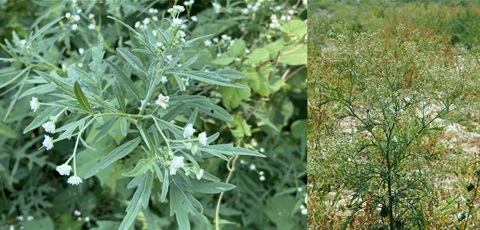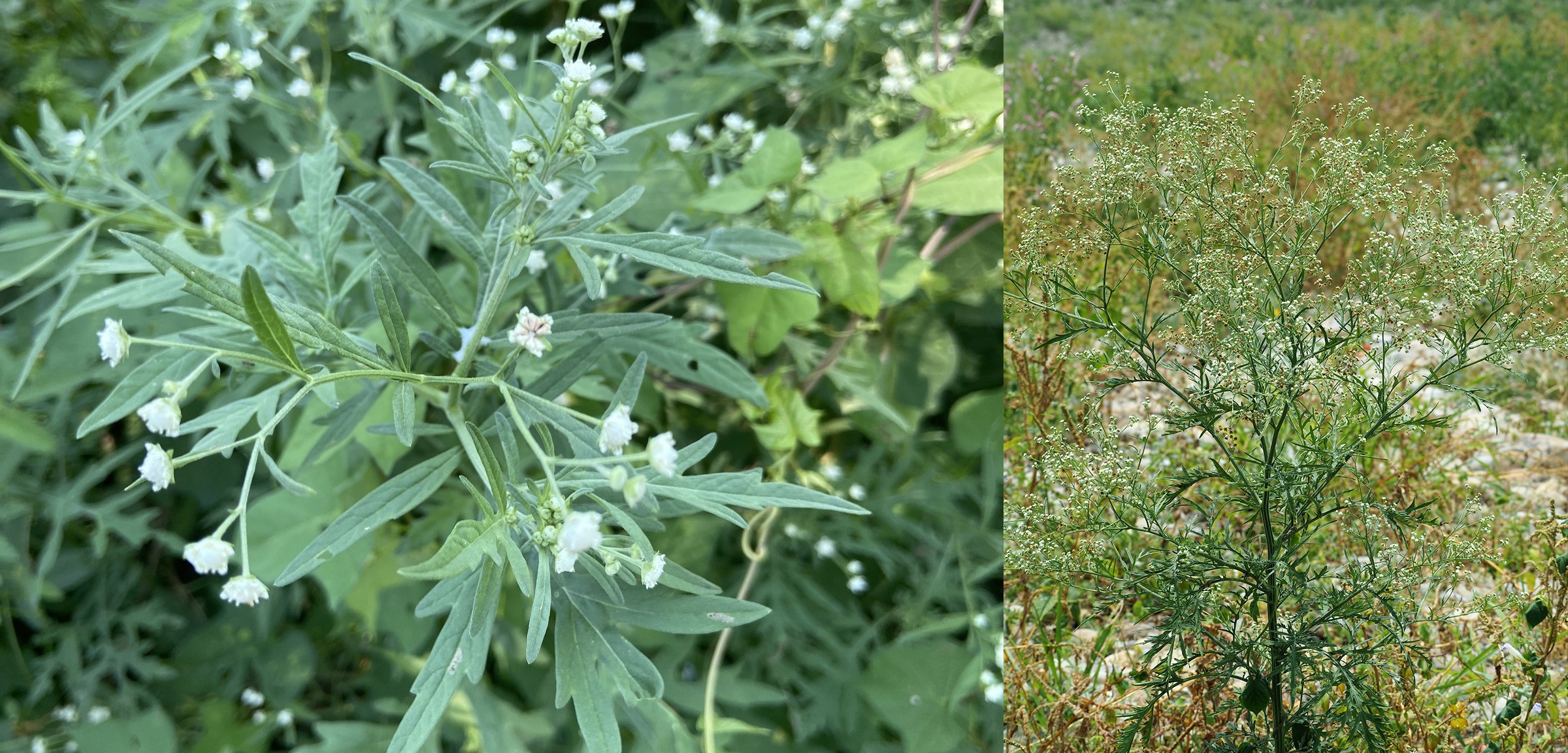

In this Weed of the Week we explain the weed control requirements for land owners and managers under the current regulatory framework.
Understanding your own responsibility, and when and how government authorities will step in, is just as important as having knowledge of our local priority weeds.
What legislation governs the management of weeds?
Previously in NSW, weeds were governed by the Noxious Weeds Act 1993. This legislation was prescriptive and imposed strict control requirements on land managers to control certain weeds, including locally important weeds like serrated tussock, African lovegrass and St John’s wort.
On 1 July 2017, the Noxious Weeds Act 1993 was repealed and the Biosecurity Act 2015 (the Act) became the primary legislation governing weeds in NSW. Most locally important weeds are no longer identified on a noxious weeds list, nor does the legislation impose strict requirements in most cases.
The Act creates a general legal duty called the General Biosecurity Duty (GBD). GBD means that everyone has a responsibility to prevent, eliminate and minimise biosecurity risks associated with weeds – so far as reasonably practicable.
Who is responsible for administering weeds legislation?
As the local control authority in our region, Council continues to be the primary agency administering weeds legislation – under the guidance of the NSW Department of Primary Industries. Council is assisted in this role by partners including Local Land Services, industry and local agronomists.
What are Council’s responsibilities in relation to weeds?
Council has a number of important functions in weeds biosecurity, including:
- Preventing the entry of new weeds
- Finding, containing and eradicating emerging weeds
- Minimising the impacts of weeds that cannot be eradicated
In fulfilling these functions, it is important that Council maintains an active property inspection program targeting private and public properties, roadsides and high risk sites. These include nurseries, rest areas, campsites, boat ramps and other high visitation areas where new weeds may gain entry to the region.
Council is also responsible for managing weeds on its network of roads, reserves and operational lands. The organisation invests considerable funds into managing these weeds for the benefit of the local community.
What am I required to do in relation to weeds under the Biosecurity Act 2015?
Some state priority weeds are identified in Schedule 2 of the Act, and are referred to as prohibited matter. Not having established self-sustaining populations in NSW, these weeds pose significant risks to human health, the economy and/or the environment.
All dealings with these weeds are prohibited and Council must be immediately notified if you become aware of, or suspect the presence of these weeds. Orange and mouse-ear hawkweeds are the only prohibited matter weeds detected in the Snowy Monaro, though others have been detected in nearby jurisdictions.
Biosecurity zones and control orders apply to a limited number of weeds with restricted distribution and low abundance in NSW that pose a high biosecurity risk. Eradication is feasible for these weeds and control measures must be implemented by landowners and managers to assist in their eradication.
Schedule 3 of the Biosecurity Regulations 2017 lists weeds to which mandatory measures apply. Mandatory measures apply to all weeds identified as ‘weeds of national significance’ and includes serrated tussock, fireweed, Chilean needle grass, Scotch broom, gorse and a number of other local occurring species. While a prohibition on sale and importation applies to these weeds, the legislation does not impose any specific control requirements.
What about weeds that are not specifically legislated?
Most local priority weeds are no longer subject to specific control requirements under current NSW legislation.
Weeds committees have analysed each species using a rigorous risk assessment tool, determining either that they pose low risk, or that it is not feasible to contain or eliminate them. The latter applies to most locally important weeds, which pose a high risk to the economy, environment and/or community, but are too widespread and established for regulation to provide any tangible benefit to the community.
Investment in weed management, including the imposition of compulsory control measures, is most cost effective when applied at the early stages of incursion.
The South East Regional Strategic Weed Management Plan provides guidance on the outcomes needed to meet your GBD, outlining strategic actions for local weed management, resource allocation and investment.
What does Council do to help landowners deal with unlegislated weeds?
Council provides the same onsite weed identification and advisory service for all weeds, regardless of their status. Council acknowledges the significant impact of weeds on our community, and encourages participation in coordinated weed control programs.
Can’t identify a weed? Contact our staff with images or to arrange an onsite inspection. The team will either be able to identify the species directly, or will source identification through our statewide networks including the National Herbarium of New South Wales.
Download the free NSW WeedWise app for detailed information on how to identify and manage weeds. Visit www.dpi.nsw.gov.au/biosecurity/weeds
Visit Council’s website to understand how we can help you with weed management at www.snowymonaro.nsw.gov.au/Environment-Waste-and-Weeds








